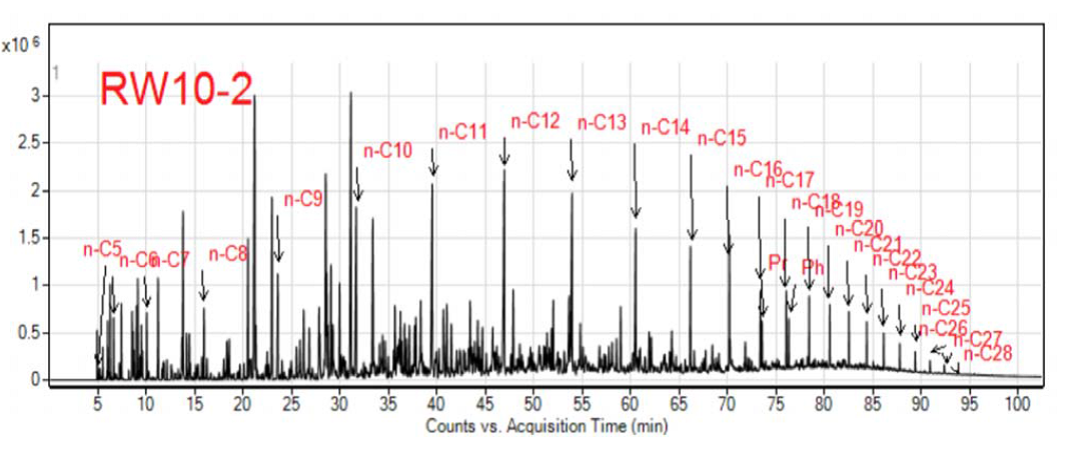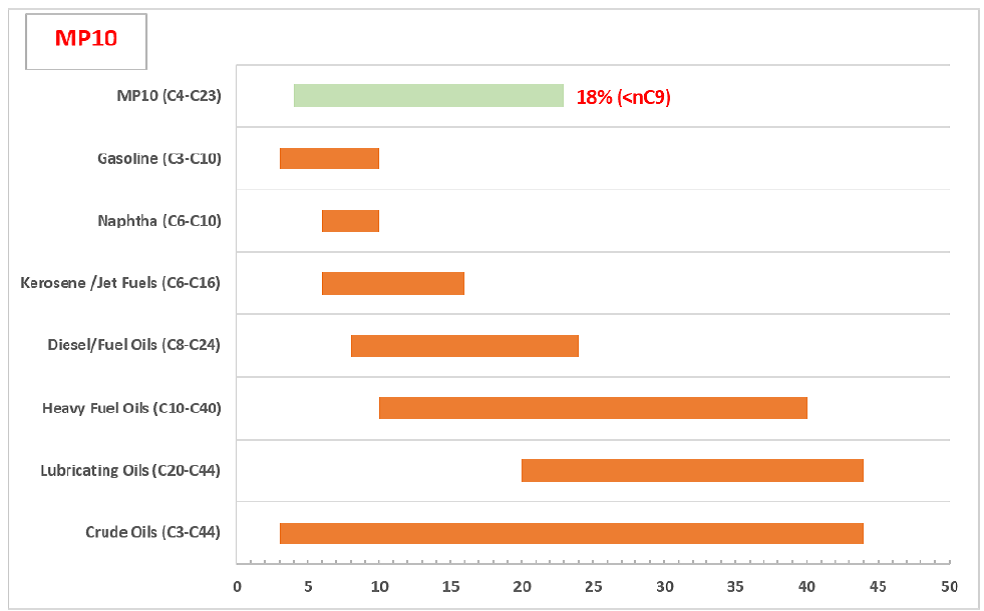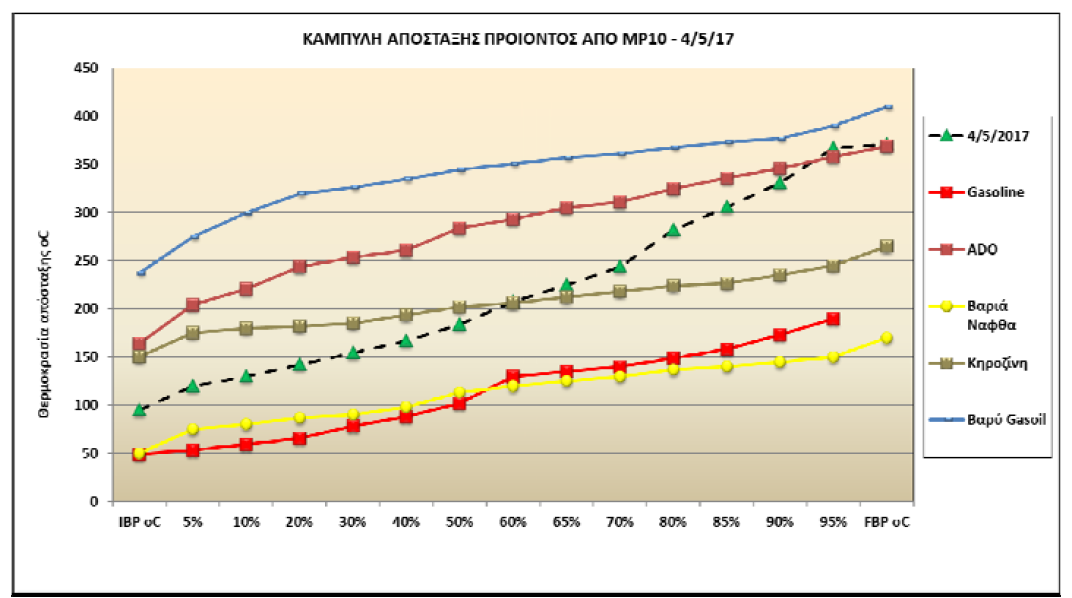Application of Fingerprinting Technique for the Identification of Petroleum Pollutants
The technique we apply for the identification and determination of the relative age in the free phase of petroleum products from water wells is that of fingerprinting.
This technique is used for:
a) the identification of the origin of the oil pollutants in relation to available reference samples
b) the correlation / grouping of the loaded samples with respect to their source of origin
c) determining the changes in sample composition from the same point, to assess the processes that affect them (eg aging, selective dispersion, dissolution, etc.) and
d) estimate of the age / age of the sample
The main instrumental techniques used are the following:
- Gas chromatography with capillary column and flame ionization detector (GCFID).
- Gas chromatography-mass phasmatoscopy (GC ‐ MS) for the identification of specific components, mainly characteristic alkanes and aromatic compounds.
- Analysis of typical oil biomarkers.
The analysis is done with the technique of gaseous chromatography where a characteristic chromatography (imprint) is obtained which can is then compared against various product standards in order to identify it.
This technique can be applied to both oily phase samples, loaded groundwater and oil-laden soil samples.
Determining the relative age of the contaminated sample can provide important information about the source of the contamination and how the contaminant escaped.
It is also possible to separate an old charge from a new and active source of pollution in a polluted field from different sources.
Repeated sampling and analysis also allow hydrocarbon mixtures to be detected and new fractions to appear, indicating a new source of pollution.
Fingerprinting technique is the most appropriate and effective research tool for the characterization, identification and determination of the origin and relative age of a pollution in a field burdened by petroleum products.

Total ion chromatography (TIC) of the RW10-2 sample

Range of carbon atoms in sample fractions compared to reference samples

Distillation curve from a mixture of petroleum products
INTERGEO, in addition to its long-term cooperation with specialized and accredited laboratories abroad for the performance of petroleum identification tests, has also entered into cooperation with specialized university laboratories in order to be able to meet the requirements of its customers to the best of its abilities.



